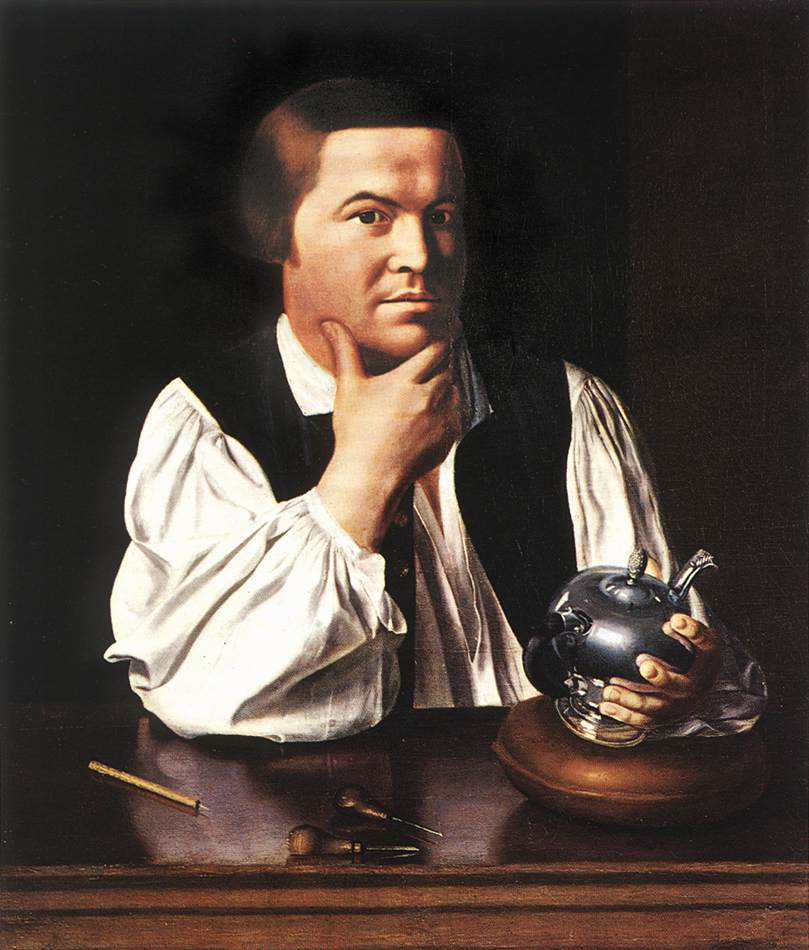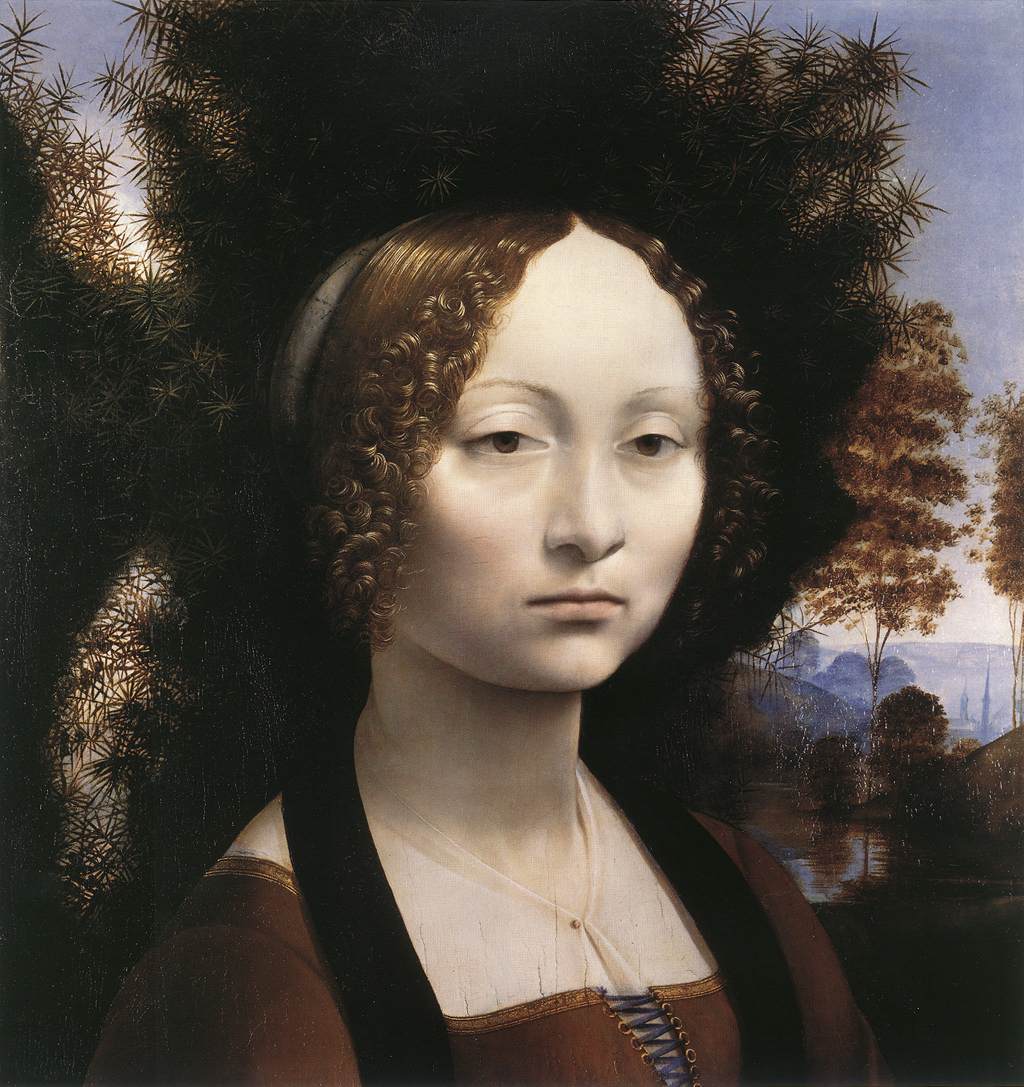Forget perfection; only God is perfect. Go for excellence. (William Herring)
 |
| John Singleton Copley Paul Revere 1768-70 Oil on canvas, 87,5 x 71,5 cm Museum of Fine Arts, Boston |
 |
| John Singleton Copley Paul Revere 1768-70 Oil on canvas, 87,5 x 71,5 cm Museum of Fine Arts, Boston |
 |
| CARAVAGGIO Boy Peeling a Fruit c. 1593 Oil on canvas, 75,5 x 64,4 cm Fondazione di Studi di Storia dell'Arte Roberto Longhi, Florence |
 |
| CARAVAGGIO St Jerome c. 1606 Oil on canvas, 112 x 157 cm Galleria Borghese, Rome |
 |
| CARAVAGGIO The Fortune Teller 1596-97 Oil on canvas, 99 x 131 cm Musée du Louvre, Paris |
 |
| Caspar David Friedrich Morning in the Mountains 1822-23 Oil on canvas, 135 x 170 cm The Hermitage, St. Petersburg |
 |
| Leonardo da Vinci Portrait of Ginevra de' Benci 1474-78 Oil on wood, 38,8 x 36,7 cm National Gallery of Art, Washington |
 |
| John Singleton Copley Brook Watson and the Shark 1778 Oil on canvas, 182 x 230 cm National Gallery of Art, Washington |
 |
| Two Women Chatting by the Sea, 1856, Camille Pissarro 10 7/8 x 16 1/8 in National Gallery of Art, Washington, DC |
 |
| Jean-Baptiste Greuze Student with a Lesson-book 1757 Oil on canvas, 63 x 49 cm |
 |
| Carlo Dolci St Catherine Reading a Book Oil on canvas |
 |
| Sébastien Stoskopff Books and a Candle 1625 Oil on canvas |
 |
| Gerbrand van den Eekhout Scholar with his Books 1671 Oil on canvas, 64,5 x 49 cm |
 |
| Samuel van Hoogstraten Still-Life 1666-68 Oil on canvas, 63 x 79 cm Kunsthalle, Karlsruhe |